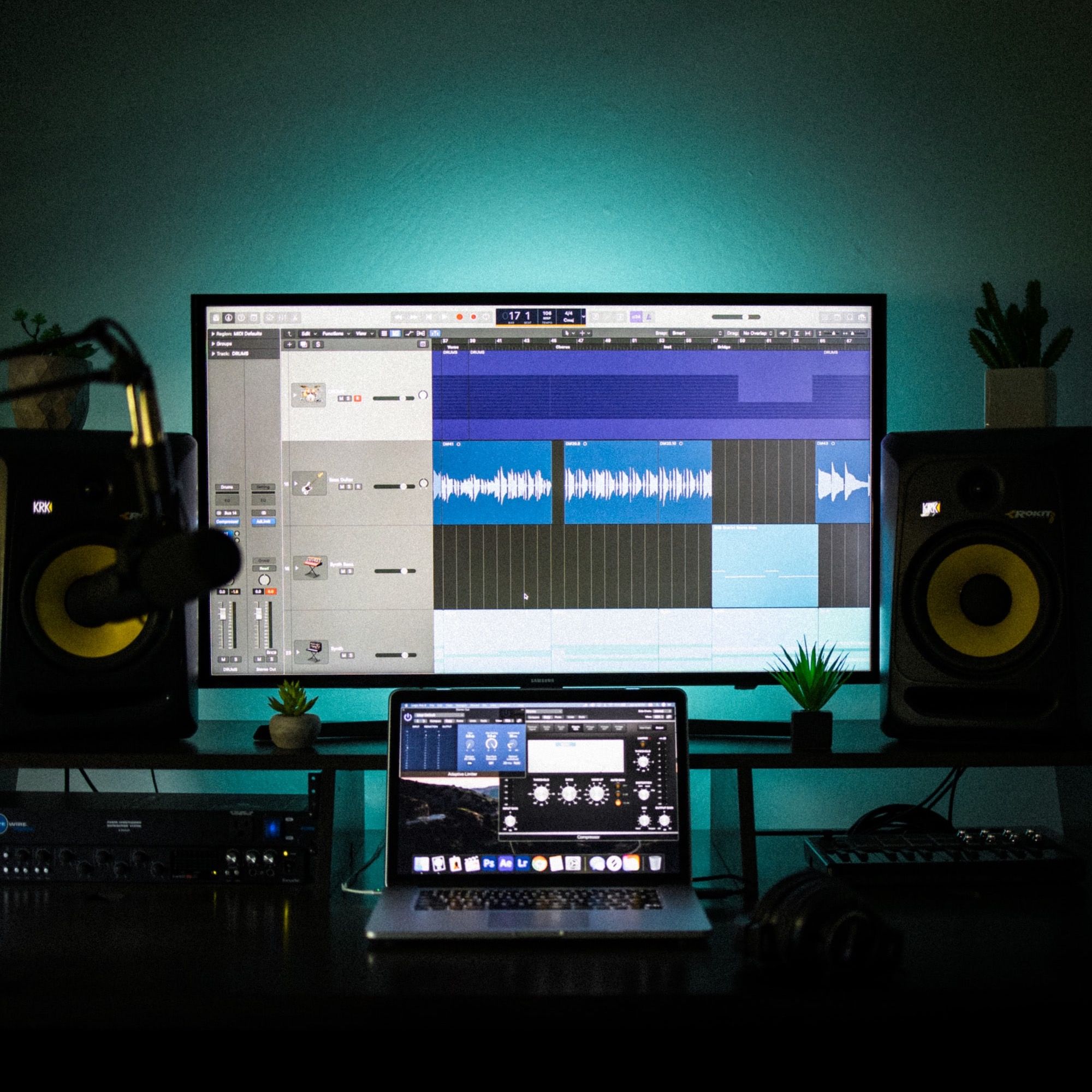Plug-ins: Revolutionizing the Music Production Landscape

Introduction:
In the world of music production, nothing has been more game-changing than the advent of plug-ins. These software components, designed to add features and enhance the functionality of digital audio workstations (DAWs), have transformed the way music is produced, recorded, and mixed. From the early days of simple effects processing to today's sophisticated virtual instruments and sound manipulation tools, plug-ins have ushered in an era of unprecedented creativity and innovation in music production.
The Historical Context:
Before the introduction of plug-ins, music producers and engineers relied on physical hardware such as compressors, equalizers, and effects units to manipulate sound. These hardware units were often large, expensive, and required a significant amount of time for setup and calibration. The early 1990s saw the emergence of VST (Virtual Studio Technology), created by Steinberg, which allowed third-party developers to create software-based effects and instruments that could be used directly within a DAW. This development was groundbreaking as it started shifting the industry from a hardware-based environment to a software-centric one.

The Evolution of Plug-ins:
- Effects Processing: Early plug-ins mainly focused on emulating classic hardware effects like reverb, delay, and EQ. These software emulations provided producers with an affordable and convenient way to access a vast array of sound-shaping tools without the need for bulky and expensive hardware.
- Virtual Instruments: The turn of the millennium saw the rise of virtual instruments, which allowed producers to compose music using realistic-sounding software emulations of classic synthesizers, pianos, and other instruments. Plug-ins such as Native Instruments' Kontakt and Spectrasonics' Omnisphere revolutionized the industry by providing access to high-quality, customizable sounds that were previously unattainable for many.
- Sound Manipulation and Creative Tools: More recently, plug-ins have expanded beyond traditional effects and instruments to offer innovative sound manipulation tools. Granular synthesis, spectral processing, and advanced modulation capabilities have given producers new ways to sculpt and design sounds, opening up a world of sonic possibilities.
The Democratization of Music Production:
Plug-ins have played a critical role in democratizing music production. By reducing the cost and complexity associated with traditional hardware, plug-ins have made it possible for aspiring producers and musicians to create professional-quality music from the comfort of their homes. This has led to an explosion of creativity and diversity in the music industry, as individuals from around the world can now participate in music creation without geographic or financial barriers.
Challenges and Considerations:
Despite their myriad benefits, plug-ins also bring challenges. The vast array of options can be overwhelming for newcomers, and there's a tendency to overuse effects, which can detract from the musicality of a project. Additionally, some argue that software cannot fully replicate the warmth and character of analog hardware. It's important for producers to use plug-ins judiciously and in service of the music, rather than letting the technology dictate the creative process.
Conclusion:
Plug-ins have indelibly changed the landscape of music production. From basic effects processing to sophisticated virtual instruments and innovative sound design tools, they have expanded the creative palette available to producers and democratized the music production process. As technology continues to advance, it's exciting to imagine what new frontiers plug-ins will help us explore in the world of music.
